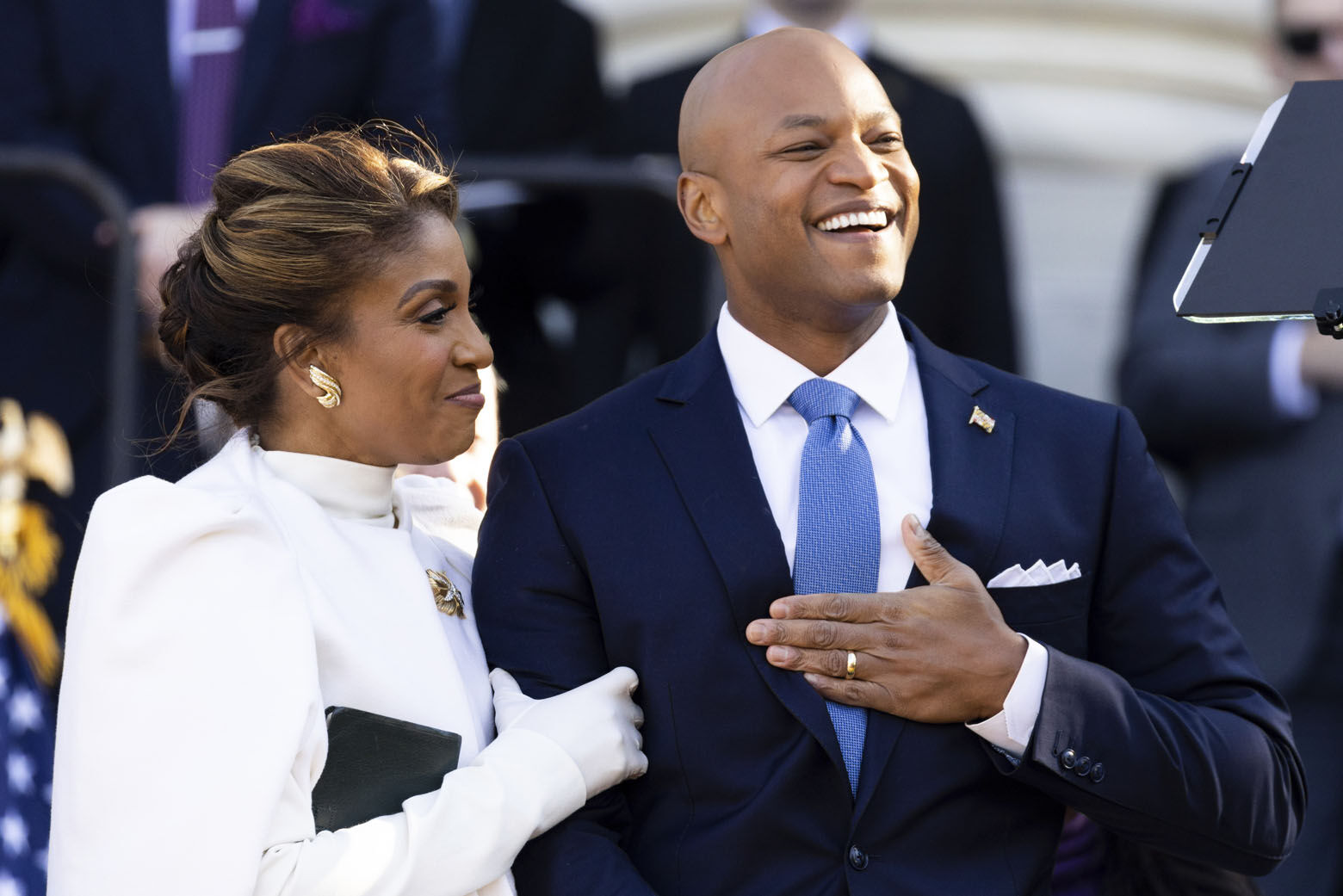
The Sunday Journal21:57How conditioning turned a cultural obsession – and who it leaves driving
From team exercising classes to at-household gear and the newest fashionable athletic clothing… health has grow to be a cultural obsession in North The usa. But as historian Natalia Petrzela explores in her guide Suit Country, the this means of fitness has transformed drastically around time. She joins Piya Chattopadhyay to walk via its evolution to becoming a life style field, why – even with its recognition – health often remains inaccessible, and how we could possibly make work out more equitable.
Inspite of a societal obsession with remaining in condition, fitness is much less available than at any time, supplied high-priced health club memberships, pricey products and high priced garments, says an writer and tutorial who studies contemporary culture.
“You have all of these fitness centers and all of these brand names and all of this training messaging in your deal with, but we have not held up with that in phrases of funding strong physical training,” reported Natalia Mehlman Petrzela, who wrote Suit Nation: The Gains and Pains of America’s Exercise Obsession.
“We haven’t stored up with creating environmentally friendly spaces or lights streets very well, and making it accessible for persons to [exercise].”

Hunting at the background of health in the U.S. — from a circus act in the 1800s to what she phone calls the “conspicuous use” of fashionable training, with gym selfies and Peloton pics getting about social media — Petrzela has examined how it went from a sideshow to a standing image.
Although exercise feels “form of almost everywhere” suitable now, she says, that wasn’t usually the circumstance. As lately as the early 20th century, persons who exercised regularly — and not for activity — “ended up actually regarded freaks,” said Petrzela, who is also an affiliate professor of history at The New University, a college in New York City.
Petrzela argues that just after the economical crash of 2008 and the arrival of Instagram in 2010, exercise commenced to acquire on a quite various meaning, and the sector turned about exercise as a life style — some thing you purchased fairly than some thing you did.
“The conspicuous consumption piece genuinely requires off with the economic disaster,” she claims. When it was suddenly uncouth to demonstrate off luxurious products like expensive vehicles and dear luggage, in comparison, putting up about gymnasium routines and smoothie recipes felt like much less controversial humble brags.
Obstacles to exercise
Timothy Caulfield, Canada Investigation Chair in health and fitness regulation and plan and a professor in the college of regulation and the school of community well being at the College of Alberta, claimed health is typically framed as anything needed for exterior enhancement, instead than one thing that can much better one’s wellbeing.
“It’s framed as some thing that you need to have to do in get to realize extrinsic ambitions — you require to appear a certain way — as opposed to intrinsic plans,” he reported. “When it definitely should be inviting persons to just transfer. You know, do something that you really like. It doesn’t need exclusive clothing, it will not involve you to be section of this severe group.”
Nonetheless according to Studies Canada, only about 50 percent of Canadians often get the encouraged 150 minutes of reasonable-to-vigorous workout per 7 days. Evidently, a conditioning-crazed culture has not extra up to regime work out for all.

Petrzela says the story of fitness culture is one particular of “enlargement, growth, expansion,” but that enlargement has not improved obtain for the considerably less affluent.
She states although the strategy that all you need is a pair of working footwear may well appear basic, “even footwear are not that low-cost.”
Petrzela also argues that it can be a lot more difficult than just getting out for a run, pointing to systemic boundaries.
“We have ample evidence now that to be a particular person of color, and going for a operate through the streets, is not the exact knowledge as remaining a white human being,” she explained. She also shares that as a female, she feels significantly less risk-free remaining exterior through certain several hours, which boundaries her means to exercising during the wintertime.
“Incorporate to that, the actuality that a lot of persons live in neighborhoods with no safe and sound streets, or devoid of effectively-lit streets, or tree go over, and that is one more impediment.”
Surroundings will have to be conducive to exercising
Caulfield explained the conditioning industry’s “hyper-commercialized” see of exercise contributes to some of these limitations by discouraging a broader dialogue on how communities can condition their setting to make it a lot easier to workout.

“How do we make movement portion of our everyday lives? That is about the crafted surroundings. People points subject, but the fitness marketplace isn’t created to convey those people messages, simply because they want products to be marketed, ” he said.
Petrzela hopes to attract attention to the disconnect and “mild a fireplace” below policymakers who have the electricity to produce more bicycle lanes, inexperienced spaces and cost-effective conditioning systems.
For Petrzela, the reply to strengthening entry to workout starts in colleges.
“P.E. is the moment when most young children are likely to encounter structured workout,” she mentioned. Which is why it is critical to make it “a joyous, meaningful, incredible practical experience” that encourages daily life-extensive training, fairly than an alienating 1.
It is really a complete-circle instant for Petrzela, who once dropped out of a large faculty gym class mainly because she felt intimidated and unpleasant.
“Oh, I completely hated it,” she laughed. “But I inevitably seriously fell in adore with it. And I recognized there was a little something identified as conditioning that was incredibly different from sport. And I have essentially by no means looked back in terms of immersing myself in that world.”






